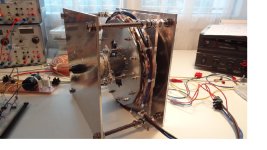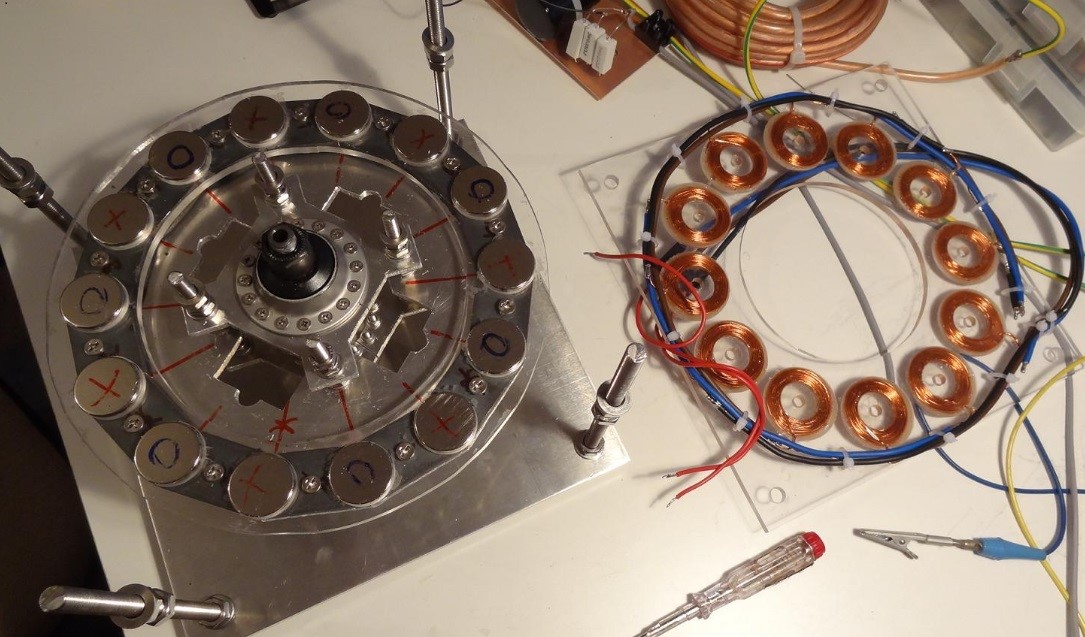larsb
1 MW
Hi,
This thread is making it possible for me to try a motor build - big thanks!
I am thinking of copying straight off but use a single speed hub, gives me 80 mm of motor width to play with instead of around 50.
I have only a basic understanding of the mechanisms involved so i have a few questions:
If scaling to get max number of plates i might get 4 or 5 stators in 80mm width. Volts needed are proportional to stators so then need to run 80*(4/3) V controller for four stators, correct?
Building a controller is outside of my limits, what kind of controller is good with a 4 stator setup of this motor?
I have a CNC milling machine that i built as a diy project so i can mill any plates or holes needed.
If using other shape of coils and magnets then what would be your recommendation?
I am also considering increasing diameter to get added torque but then i think the pole/coil setup need to be changed and that would create an additional 1000+ questions.
Lebowski: If you have thought of a optimized design that you don't have the energy at this time to do i'll be happy to do the building in your place
This thread is making it possible for me to try a motor build - big thanks!
I am thinking of copying straight off but use a single speed hub, gives me 80 mm of motor width to play with instead of around 50.
I have only a basic understanding of the mechanisms involved so i have a few questions:
If scaling to get max number of plates i might get 4 or 5 stators in 80mm width. Volts needed are proportional to stators so then need to run 80*(4/3) V controller for four stators, correct?
Building a controller is outside of my limits, what kind of controller is good with a 4 stator setup of this motor?
I have a CNC milling machine that i built as a diy project so i can mill any plates or holes needed.
If using other shape of coils and magnets then what would be your recommendation?
I am also considering increasing diameter to get added torque but then i think the pole/coil setup need to be changed and that would create an additional 1000+ questions.
Lebowski: If you have thought of a optimized design that you don't have the energy at this time to do i'll be happy to do the building in your place



